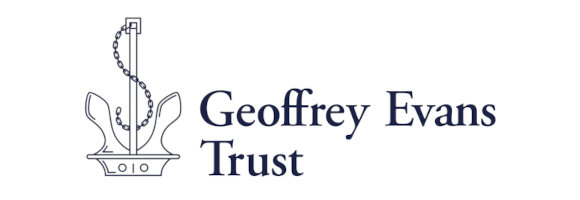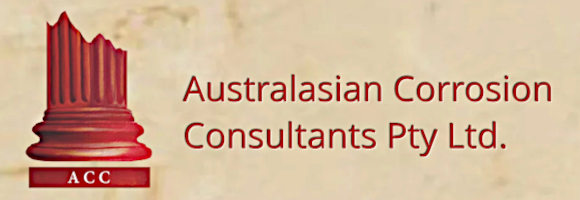
MINESWEEPING
Most contact mines were moored to the sea bed with a length of wire attached to a heavy sinker so as to keep them at the desired depth, making them hard to observe and ensuring they would hole ships' hulls below the waterline causing maximum damage.
The main alternatives to the moored mines were the magnetic mine, acoustic mines and those fitted with a delayed action mechanism. The magnetic mine employed an electrical unit which picked up the magnetic field of a ship passing over close to it. When the field was strong enough the mine would explode. Acoustic mines were fitted with an external hydrophone and were triggered by the noise of the ship’s propellers or main engine reacting on a diaphragm in the mine. The sensor could be set to react to a particular type of vessel, such as large merchant vessels.

The delayed action mine was tethered like the contact mine but the cable attaching the mine to the sinker remained short before unspooling at a preset time. This meant the mines so laid would remain on the seabed and thus be difficult to detect before floating up to the desired depth. Delayed mines were most commonly deployed where an enemy would expect mines to be laid, so that any operations to sweep an area suspected of being mined would not reveal their presence. Safe passage could not be guaranteed except straight after sweeping the area.
The most common method of using the Oropesa sweep was by having a number of minesweepers steaming in echelon, each vessel with its bow just inside the area swept by the ship immediately ahead. In theory, only the lead ship would be exposed to unswept water. The shallow draught of a minesweeper (8ft 6inches for HMAS Castlemaine) also afforded it some protection from contact mines which were usually moored a greater depths from the surface to catch deeper draught, fully laden merchant ships.
HMAS Castlemaine was also fitted to operate an L.L. sweep. This was the basic sweep against magnetic mines. It consisting of a pair of insulated and buoyant electrical cables towed astern of the minesweeper. By pulsing the power on and off, a changing magnetic field was created astern which fired the mines.
HMAS Castlemaine was fitted to operate a SA type C sweep oscillator type audio-frequency for acoustic mines. This device consisted of one or two Fessenden oscillators fitted inside the stem, in a flooded forepeak. The diaphragm of the oscillator was of 36 inches diameter and produced a beating sound similar to that of a hammer. The underwater noise set off acoustic mines at a safe distance from the ship.









